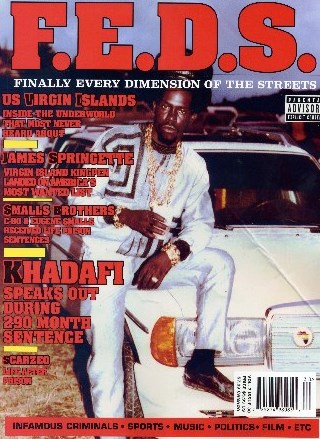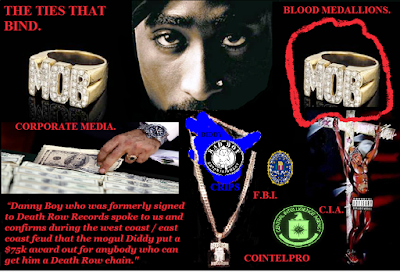The Endurance of Ayman al-Zawahiri.
‘Virtue, without which terror is destructive; terror, without which virtue is impotent. Terror is only justice prompt, severe and inflexible; it is then an emanation of virtue…’
Maximilien Robespierre, On the Principles of Political Morality (1794).
Though advanced in age Zawahiri is as elusive as ever, he has outlived Osama bin Laden, and is now the paramount leader of al-Qaeda. Engaged in Islamist activism, since 15, frequently imprisoned and tortured. Zawahiri has endured, survived and he still thrives, secreted away either in Afghanistan or Pakistan. The following quote is from an article in Foreign Policy by Harold Doornbos and Jennan Moussa, on August 16, 2016: “Zawahiri was perhaps the most difficult person in the world to contact — he had not been seen in public in years, and is still in hiding, most probably somewhere in Pakistan or Afghanistan. Here then is a look at Dr Ayman al-Zawahiri.
Ayman al-Zawahiri the leader of Qutb’s “vanguard” grew up in a quite middle-class suburb called Maadi, five miles south of noisy Cairo. In 1960, the Zawahiri clan was a medical dynasty; Rabie Zawahiri (Ayman’s father) was a professor of pharmacology at Ain Shams University. His brother was a highly regarded dermatologist and an expert on venereal diseases. Thirty one members of Zawahiri’s family were doctors or chemists or pharmacists scattered throughout the Arab world. However the Zawahiri’s were known more for their, religiosity than anything else. Rabie’s uncle was the rector of Egypt’s, thousand year old al-Azhar (still the center of Islamic studies in the ME), in 1929, his father and grandfather were also al-Azhar scholars.
Ayman al -Zawahiri was born in 1951 June 19, along with his twin sister, Umayma. The twins were at the top of their classes, upon till medical school. He was a bookworm who excelled in his studies; he hated violence and avoided sports. Zawahiri’s uncle Mahfouz, patriarch of the Azzam clan (his mother’s side of the family), said that Ayman was actually closer to his mother’s side of the family, the political side. Since the first Egyptian parliament, more than 150 years ago, there have been Azzam’s in government, but always in the opposition. Mahfouz carried on the resistance tradition, having been imprisoned when he was fifteen, for conspiring against the government. Sayid Qutb had been Mahfouz Azzam’s Arabic teacher in the third grade, in 1936, and Qutb and his young protégé developed an enduring bond. Azzam would write for the Muslim Brotherhood’s magazine that Qutb published in the early years of the revolution. He was Qutb’s personal lawyer and was the last person to see him alive before his execution.
Ayman al-Zawahiri heard again and again, from his uncle Mahfouz tales of the martyr Qutb, his piety, and the tortures he endured in prison. In the Looming Tower, Lawrence Wright summed up the solidifying of Qutb’s thought, into political will, resolve and action in Ayman al-Zawahiri and his peers: “The Nasserrite regime thought that the Islamic movement received a deadly blow with the execution of Sayyid Qutb and his comrades. But the apparent surface calm concealed an immediate interaction with Sayyid Qutb’s ideas and the formation of the nucleus of the modern Islamic jihad movement in Egypt.
That same year al-Zawahiri helped structure an underground cell, bent on overthrowing Egypt’s government and establishing an Islamic state, at the time Zawahiri was fifteen years old.
Zawahiri years later recalled that: “We were a group of students from Maadi High School and other schools”. The primary target of Zawahiri and his colleagues was the secular Nasserite regime. They focused on defeating the near enemy, impure Muslim society, the far enemy, the West. Zawahiri hoped to help fulfill the realization of Islam’s hoped for caliphate, which ended in 1924 after the dissolution of the Ottoman Empire. Zawahiri said that: “Then history would make a new turn god willing, in the opposite direction against the empire of the United States and the world’s Jewish government”.
Zawahiri’s student Islamist activist cell grew to become the terrorist organization known as al-Jihad.
Zawahiri envisioned a complete overthrow of the existing order. He had begun quietly recruiting Egyptian military officers. Zawahiri’s primary strategist was Abaoud al-Zumar, a colonel in military intelligence. Who was a hero of the 1973 war against Israel. Another highly ranked member of Zawahiri’s cell was a heroic tank commander, Essam al-Qamari. Zawahiri described Qamari as a noble person in the true sense of the word". Qamari began smuggling weapons and ammunition from army strongholds and storing them in Zawahiri’s medical clinic in Maadi, which was in a downstairs apartment in the duplex where his parents lived. In February of 1981, during a weapons transfer from the clinic to a warehouse, police arrested a man carrying a bag filled with guns, military bulletins and maps, showing location of all the tank emplacements in Cairo. Qamari realizing his compromised position disappeared. Several of Qamari’s officers were arrested. Zawahiri was not arrested however most of al-Jihad’s other leaders were.
A military cell within al-Jihad conceived and carried out the assassination, of Anwar Sadat, in the midst of the government crackdown on al-Jihad. A 23-year-old Lieutenant named Khaled Islambouli, agreed to kill Sadat, the following month during a military parade. During the parade, in celebration of the 1972 war, surrounded by dignitaries, including several American diplomats and Boutros Boutros –Ghali, the future secretary-general of the UN, Sadat was saluting the passing troops when a military vehicle veered toward the reviewing stand.
 |
Figure 4: Bin Laden and Zawahiri in Tora Bora , Afghanistan.
|








.jpg)
Comments
Post a Comment